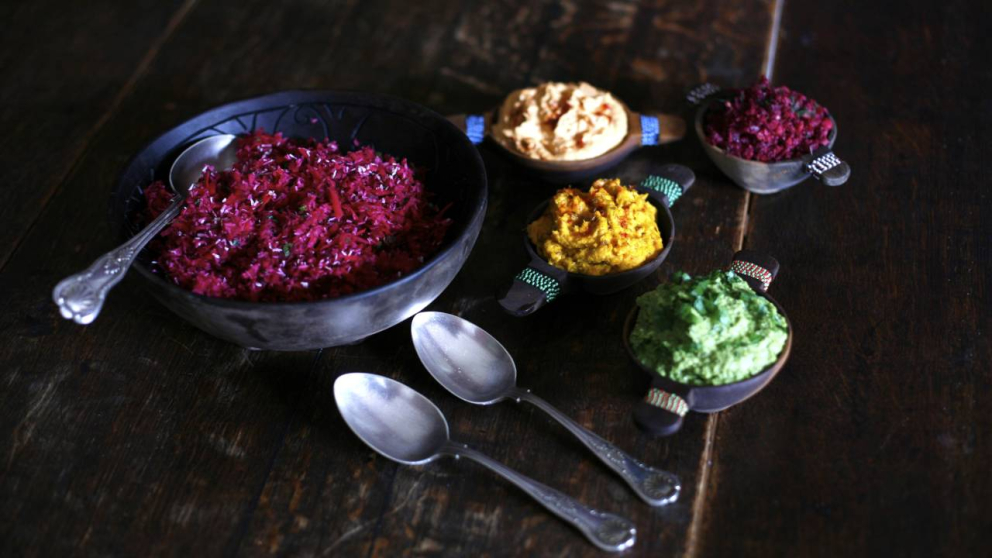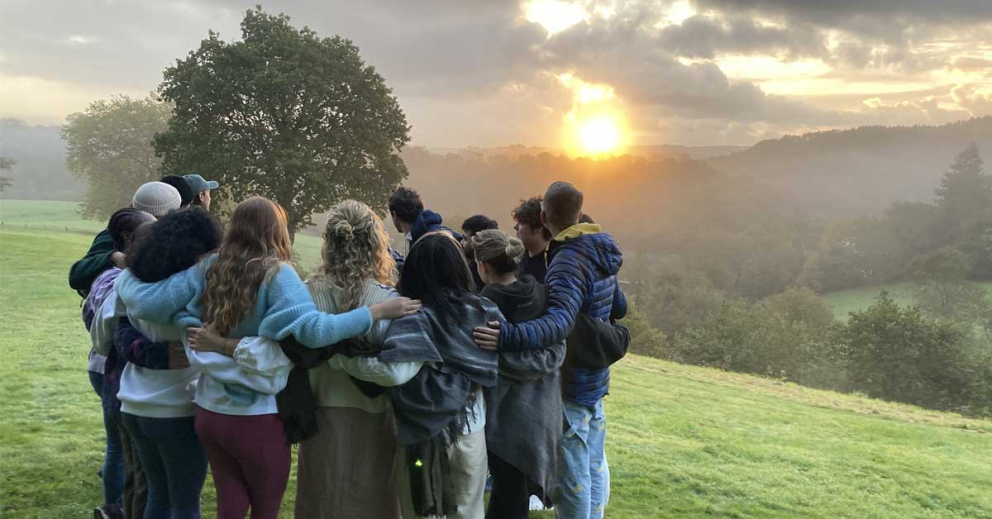Surveying the land & its wildlife as Sharpham rewilding project begins
Animals and plants on the Sharpham Estate near Totnes have been measured, counted and filmed this year – to build a picture of what the land is like before a rewilding project starts.
Sharpham Wild for People is a £177k National Lottery Heritage Fund project developed by the charity The Sharpham Trust, which operates the Estate. The project will turn 50 acres of farmland alongside the River Dart on the Estate back to nature, whilst offering people the chance to learn about & experience the process through events and volunteering.
But as the project begins, the partners in the project need to see what is happening now – so that they can measure the progress of their rewilding efforts.
Ambios Ltd is partnering The Trust in the project: it is a company based on the Estate providing nature conservation training.
Ambios employees & students carry out activities including mapping the biodiversity of the land and species & habitat identification.
These activities have produced findings that tell the story of what the land earmarked for rewilding is like in Spring/Summer 2020:
- 30 farmland bird species were recorded, including three species on the British Trust for Ornithology’s UK Red List for birds increasingly at risk of extinction in Britain: song thrush, herring gull and linnet. Birds on the Amber list were also registered at Sharpham – the dunnock & the swift.
- 7 different bats were recorded, including our most common, the Pipistrelle, and some of the UK’s rarest bats, the Greater Horseshoes – which hear through their U-shaped noses and are known to forage for food on The Sharpham Estate (pic by Hugh Clark)
- 10 different common butterflies were counted, including Meadow Browns the Peacock & Green-Veined Whites, feeding in hedgerow habitats and dense vegetation.
- The hedges & edges of the rewilding land are varied and include broadleaved woodland, plantation woodland, willow, scrub, reedbed and saltmarsh, providing a rich biodiversity.
- Grassland surveys show that the land to be rewilded is not as affected by the use of chemicals and intensive agriculture as first thought, making it more favourable for rewilding.
The findings are contained in baseline reports that will be used to chart developments against as Sharpham Wild for People progresses.
How the land was measured
The baseline reports were prepared by supervised trainees at Ambios – including one paid for by the National Lottery Heritage Fund award. Wildlife survey skills are a cornerstone of many careers in nature conservation.
From April to June, they surveyed the 50 acres of farmland to be rewilded, working at different times of the day to identify & record species of plant and animal.
“Being able to identify stuff is really important,” said Jack Skuse, Ambios Director. “It gives us base-line information to which we can compare future findings. In preparing these reports for us, the trainees are learning the disciplines of wildlife survey work that are the bread & butter of the conservation world.”
The land has also been photographed and filmed from above, with drone footage by Devon film-makers Fresh Ground Films.
“We’re going to be collecting a visual record of the land so that we can see how it develops over time – that’s going to be really fascinating to see,” said Jack.
The current picture and future hopes
The land to be rewilded is home to some species of plants and animals but that biodiversity can be significantly increased, says Ambios Director Simon Roper.
“We have the potential here to reverse some of the declines we are seeing elsewhere,” he said. “We have a good base from which to start. Our future hope is that we will now see a dramatic increase in both species abundance – actual numbers of individuals - and diversity – the range of species present. Further repeat surveys with new trainees will give us this information. Time will tell,” he said.
“For example, as we move to become organic with no pesticides being used, we should see an increase in the insect populations found in the dung produced by our livestock – more dung beetles means more potential food for Horseshoe bats. It's a wonderful illustration of the interconnected world of nature,” he added.
Share the story
Follow @SharphamTrust on Twitter, Facebook and Instagram and use #SharphamTrust
#NationalLotteryHeritageFund #ThanksToYou










